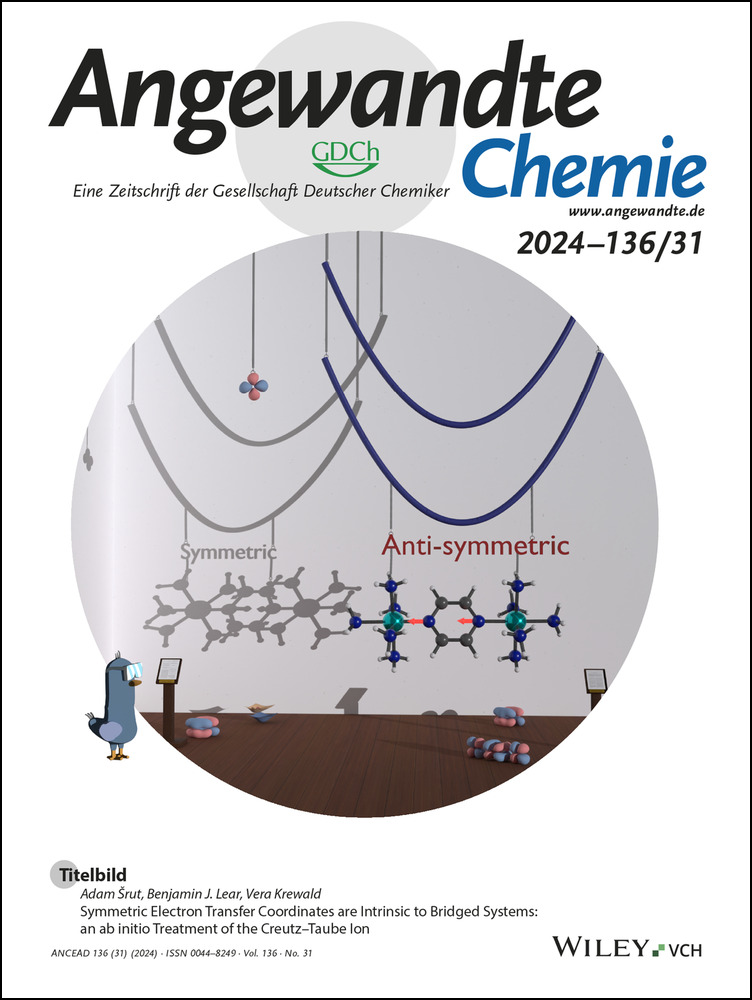Considerable Piezochromism in All-Inorganic Zero-Dimensional Perovskite Nanocrystals via Pressure-Modulated Self-Trapped Exciton Emission
Abstract
Piezochromic materials refer to a class of matters that alter their photoluminescence (PL) colors in response to the external stimuli, which exhibit promising smart applications in anti-counterfeiting, optoelectronic memory and pressure-sensing. However, so far, most reported piezochromic materials have been confined to organic materials or hybrid materials containing organic moieties with limited piezochromic range of less than 100 nm in visible region. Here, we achieved an intriguing piezochromism in all-inorganic zero-dimensional (0D) Cs3Cu2Cl5 nanocrystals (NCs) with a considerable piezochromic range of 232 nm because of their unique inorganic rigid structure. The PL energy shifted from the lowest-energy red fluorescence (1.85 eV) to the highest-energy blue fluorescence (2.83 eV), covering almost the entire visible wavelength range. Pressure-modulated self-trapped exciton emission between different energy levels of self-trapped states within Cs3Cu2Cl5 NCs was the main reason for this piezochromism property. Note that the quenched emission, which is over five times more intense than that in the initial state, is retained under ambient conditions upon decompression. This work provides a promising pressure indicating material, particularly used in pressure stability monitoring for equipment working at extreme environments.
Conflict of interests
The authors declare no conflict of interest.
Open Research
Data Availability Statement
The data that support the findings of this study are available in the supplementary material of this article.




